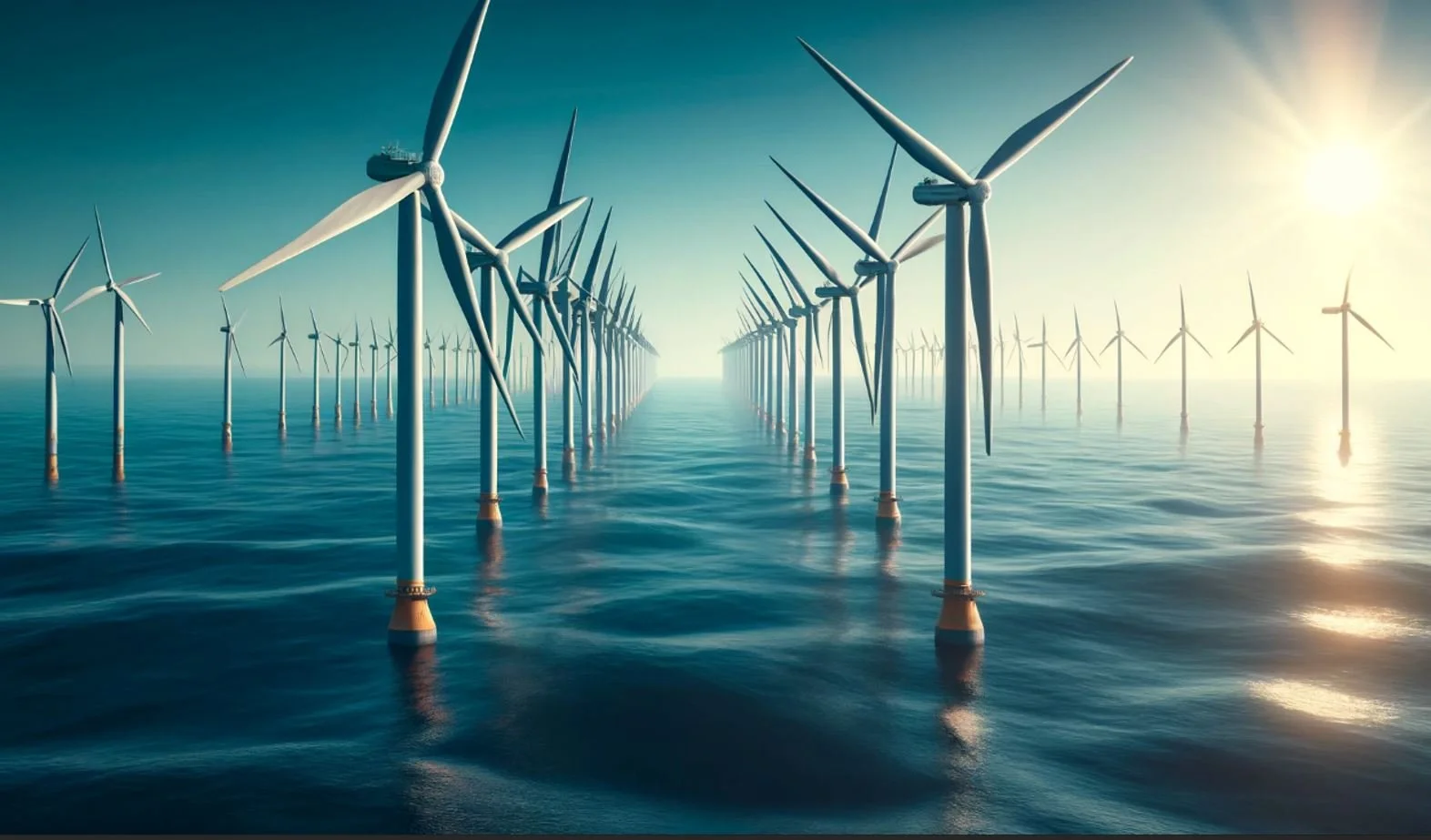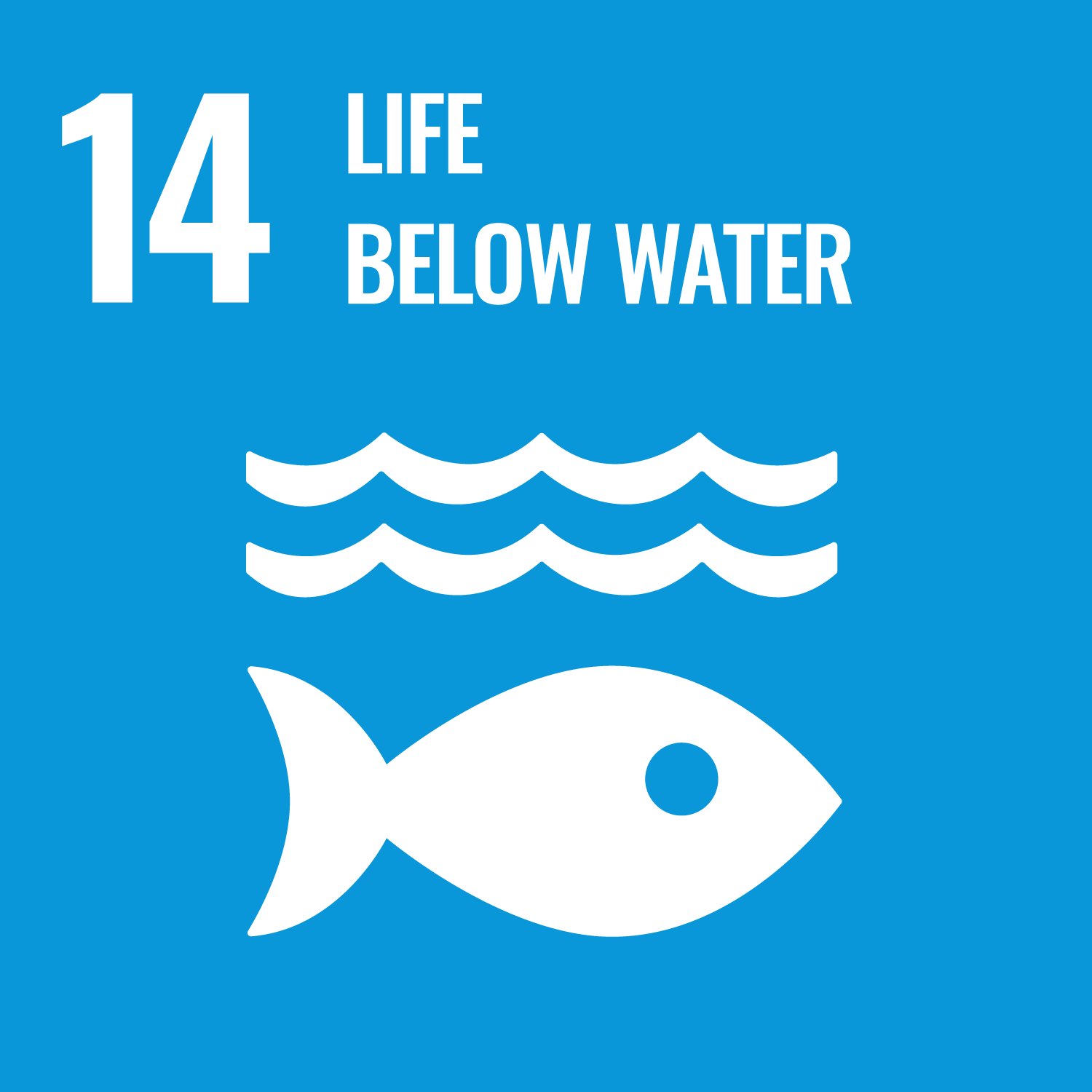Coatings & Paints
Graphene’s potential in surface protection in coatings and paint is significant thanks to its mechanical strength, exceptional barrier properties and chemical stability
We specialize in the production of graphene materials suitable for the development of high-performing anti-corrosion, de-icing and gas-barrier coatings and paints such as acrylics and epoxy.
Enhance anti-corrosion properties with graphene
Graphene-based anti-corrosion coatings ensure durability and longevity due to graphene’s:
Excellent barrier properties
Mechanical strength
Chemical stability
Both reduced graphene oxide, graphene oxide, and functionalized graphene oxide are potentially suitable for anti-corrosion coatings. Your specific application requirements and processing methods must be considered when selecting graphene materials.
Ensure ice-free operations with graphene
Graphene-enhanced de-icing technologies ensure effective ice prevention and removal due to graphene’s:
Superior thermal and electrical conductivity: can be used as a conductive coating/composite to rapidly heat and melt ice.
Hydrophobic properties: can be used as a water repellent coating to prevent ice formation.
Mechanical strength: contributes to the durability of de-icing systems and to lower weight of aircraft components.
The technology can be used for various applications such as wings, rotor blades, air inlets, antennae and windshields. Both rGO and functionalized GO are suitable for de-icing applications. Your specific requirements must be considered when selecting graphene materials.
Achieve superior gas impermeability with graphene coatings
When impermeability is essential, graphene-based materials can significantly enhance gas barrier properties due to graphene’s:
Dense structure that effectively blocks even the smallest gas molecules, enhancing protection
Ability to increase the tensile strength of materials
Thermal stability that enhances the thermal properties of materials making them more stable under varying temperatures
Graphene’s versatility makes it suitable for food packaging, electronics, pharmaceuticals, industrial applications and hydrogen or other gas storage tanks.
Graphene-based coatings could boost the resilience of wind turbines and offshore infrastructure exposed to harsh marine environments.
Let’s collaborate!
At LayerOne we’re seeking partners for integrating graphene and graphene oxide into surface protection coatings to enhance their performance.
Supporting SDG 9 and 14
Graphene-enhanced coatings and paints can improve the longevity and performance of industrial infrastructure, preventing corrosion and thus reducing maintenance cost and resource waste making industries more sustainable. By providing effective anti-corrosion measures without toxic biocides, graphene coatings can minimize the environmental impact of maritime structures.







